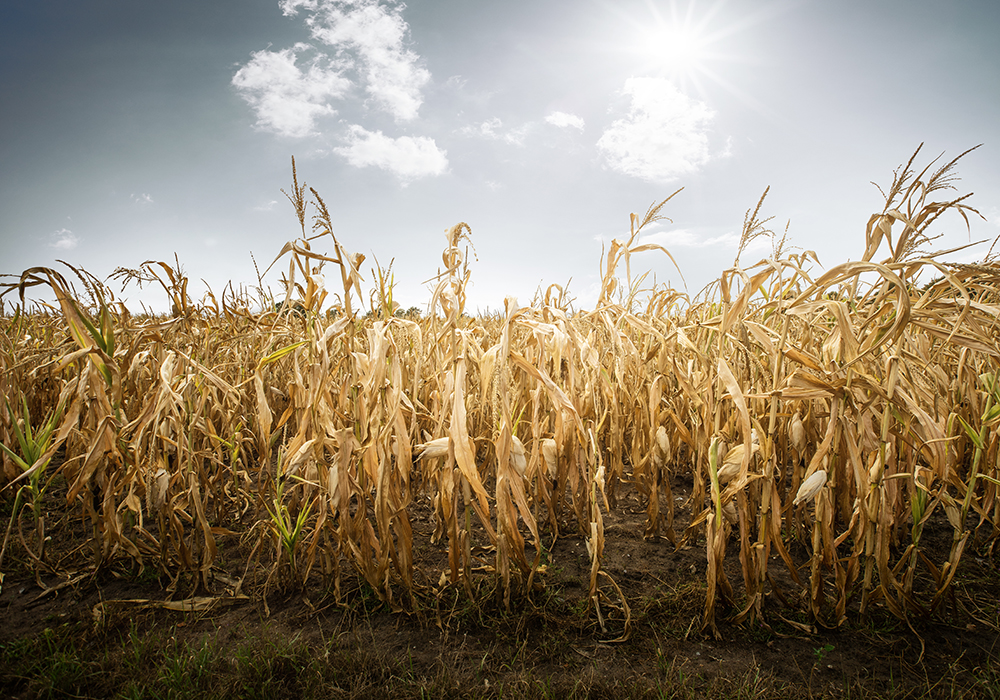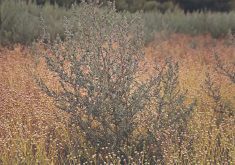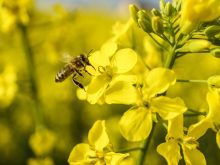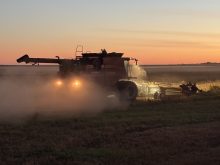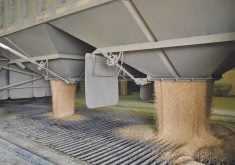Consultations will soon be underway for the next policy framework for agriculture, including business risk management programs. Expect a lot of talk about revamping or even replacing AgriStability, but don’t expect much to happen.
Complaints over AgriStability have always been long and loud, but no credible alternative is on the table to replace the concept of a whole farm income stabilization approach. Frankly, at the extremely slow speed of federal-provincial initiatives, not enough time exists for any big changes before 2023.
AgriStability has been in place for 16 years and before that we had similar programs under the acronyms AIDA and CAIS for about 10 years. It’s difficult to design a program that works for the numerous sectors of agriculture across the country without measuring income minus eligible expenses for individual farms.
Read Also
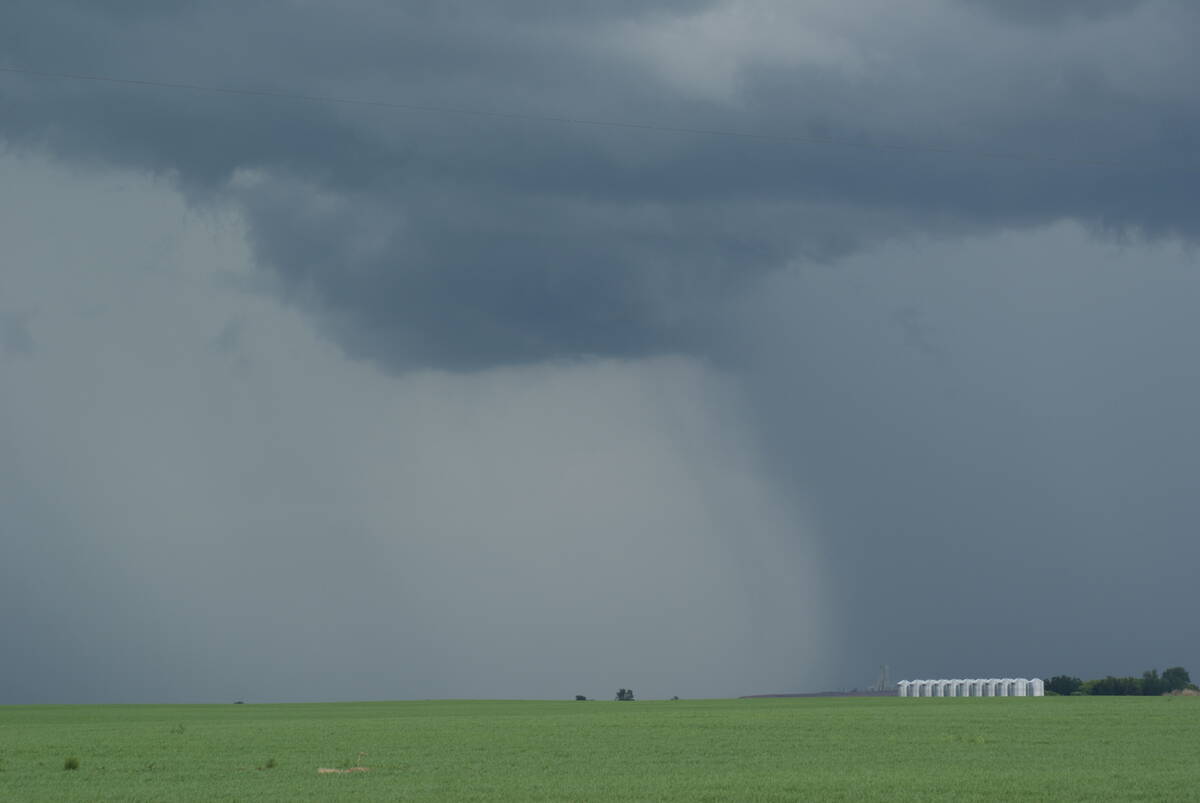
Canadian farmers need new tools to support on-farm innovation
Farmers need a risk management buffer that actually works and investment that drives advancements forward if Canada is to build resilience.
The most significant improvement in recent times has been the removal of the reference margin limit, which used to seriously impact the benefits received by farms with low expenses such as many cow-calf enterprises.
The enhancement that hasn’t happened is moving payment levels from 70 percent back up to 80 percent where they used to be. This was discussed by federal and provincial governments during last summer’s drought. The feds and some provinces were on board with the increase, but prairie provinces balked at the additional cost.
An increase in support levels will no doubt be discussed again, but it’s unclear if governments will allocate the necessary funding. It’s also unclear if enriching the program somewhat would be enough to significantly increase enrolment. Most farmers have made the unfortunate decision that AgriStability doesn’t work and they’ve opted out.
Some of that attitude is justified. The program is certainly complicated and poorly understood with most of those enrolled relying on their accountant to make the yearly application. Plus, it isn’t bankable because it’s so difficult to determine in advance what support it may provide.
However, AgriStability is a better program than coffee shop wisdom would have you believe. Even though you’ll seldom hear a producer boast about triggering a payment, the program pays out hundreds of millions of dollars annually.
According to Saskatchewan Crop Insurance, the average premium cost to be enrolled in AgriStability is 67 cents per acre or $1.16 per head. In fairness, in most cases there are also professional fees to your accountant, but it’s still cheap insurance. A bigger impediment than cost is the need to understand and use accrual accounting principles.
In the upcoming growing season, crop insurance coverage should be up dramatically and that will limit AgriStability support for grain producers in 2022. But what about subsequent years when crop prices sag and input costs escalate further?
It’s a mistaken impression that farm revenue has to drop by more than 30 percent before AgriStability kicks in. The program doesn’t work on your revenue; it works on your reference margin. A farm revenue decline of 10 to 15 percent is often enough to generate a 30 percent decrease in margin.
In good years, when you aren’t eligible for an AgriStability payment, you’re building your reference margin for some subsequent year when you do have a substantial shortfall.
While there are no doubt program details that could be streamlined, administration has improved over the years. The biggest problem with AgriStability is that it’s poorly understood and underused. Those are difficult problems to rectify when so many producers have decided the program isn’t worth the time and effort.
Kevin Hursh is an agricultural journalist, consultant and farmer. He can be reached by e-mail at kevin@hursh.ca.


